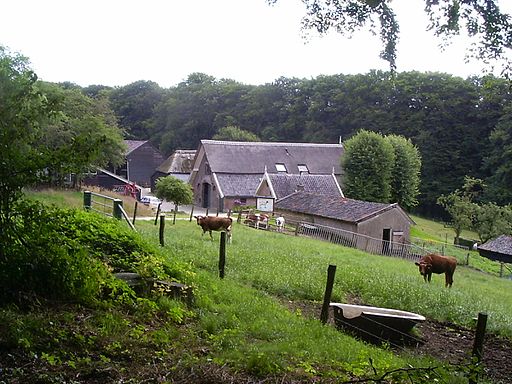Researcher Brad Binder, Professor of Biochemistry & Cellular and Molecular Biology, University of Tennessee, and his team, through their study, accidentally discovered that treating seeds with ethylene gas (C2H4) can enhance the plant’s growth and stress tolerance. This discovery can be a potential breakthrough for improving crop yields and improving plant’s resilience to environmental stress. Where in most cases one gets traded for the other, this revealed that by exposing germinating seeds to ethylene in darkness it is possible to increase growth and stress tolerance.
Plants produce ethylene as a hormone to regulate growth and stress responses. The accidental discovery occurred during an experiment where seeds were exposed to ethylene gas during germination in darkness. The plants exposed had larger leaves, longer root systems, and sustained faster growth throughout their lifespan compared to non-ethylene-exposed plants. The researchers extended their investigation to various crop species, such as tomatoes, cucumbers, wheat, and arugula, and all of them increased growth and stress tolerance after their short-term ethylene treatment.
The observed effects indicated that brief exposure to ethylene during seed germination can lead to long-lasting growth and stress tolerance benefits. The researchers proposed that ethylene priming enhances photosynthesis, particularly carbon fixation, leading to increased CO₂ absorption and higher levels of carbohydrates like starch, sucrose, and glucose. These molecules contribute to both increased growth and improved stress resilience in plants.
In AP Biology we learned all about the Calvin Cycle! The Calvin Cycle is a series of biochemical reactions that occur in the stroma of chloroplasts during photosynthesis. The cycle starts when the enzyme RuBisCO captures carbon dioxide from the atmosphere, which is then attached to RuBP, forming a six-carbon compound. This compound splits into two molecules of 3-PGA, each containing three carbon atoms. Then ATP and NADPH are reduced, which generates light-dependent reactions that are used to convert 3-PGA into G3P, a three-carbon molecule. Some G3P then continues to cycle and is reused to regenerate RuBP, while the rest contributes to glucose production for cellular respiration. The Calvin Cycle is vital in converting carbon dioxide into glucose for plant growth and sustenance.
I chose this topic because I really loved the photosynthesis unit, and my favorite part about it was memorizing the Calvin cycle, and comparing it to the Citric Acid Cycle.
What specifically about the ethylene gas causes an increased efficiency in Carbon Fixation?



Leave a Reply